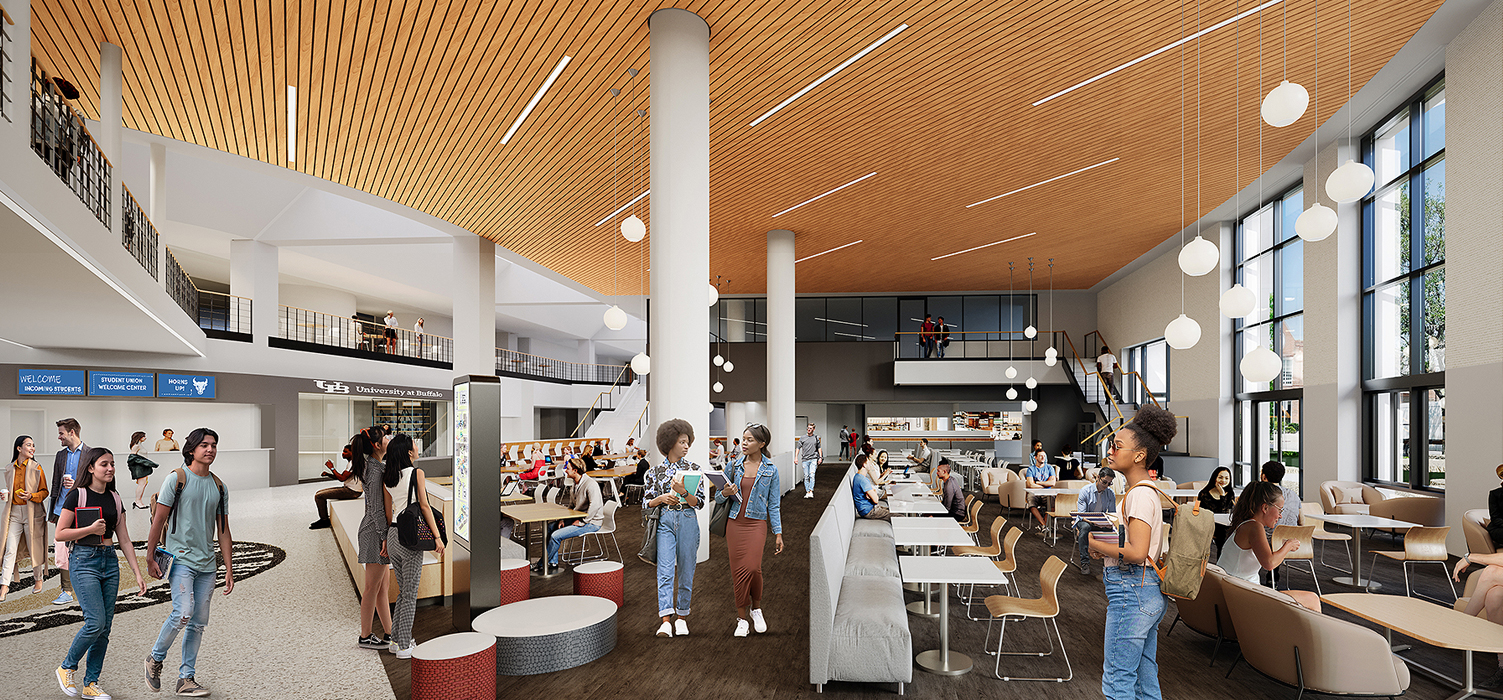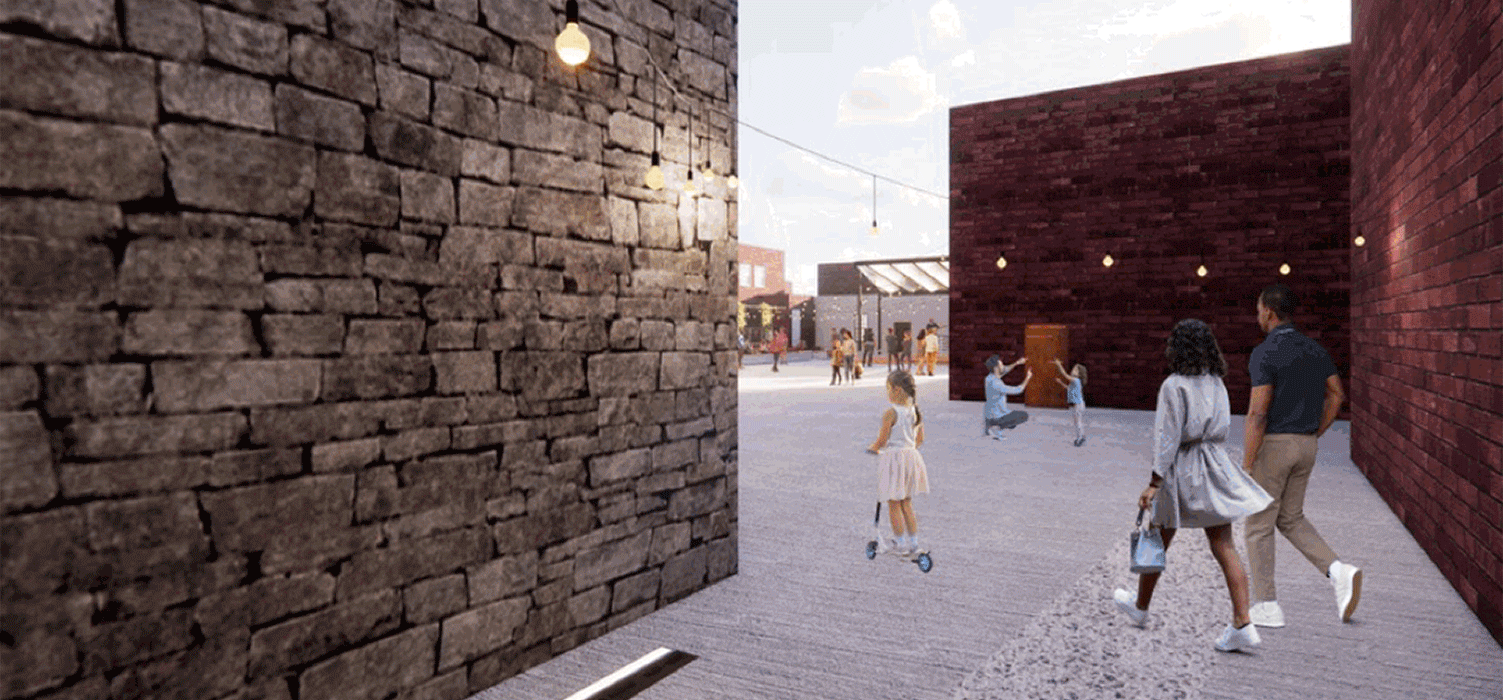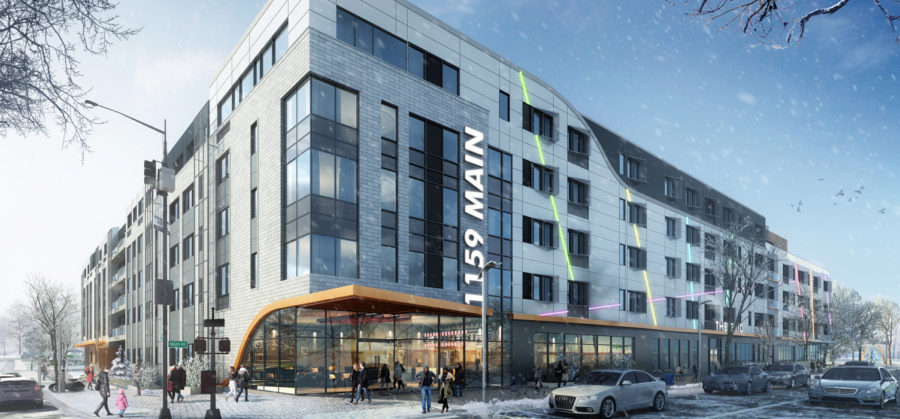Five days until PARK(ing) day 2019! In honor of this year’s PARKing Day, we’re celebrating small parks of all kinds that – while small – can have a large impact on revitalizing urban streetscapes. Here are our five favorite techniques for transforming our streets into vibrant and people-friendly places.
5. PEDESTRIAN ISLANDS
These are safe havens that allow pedestrians to slow it down, and cross only one lane at a time. These can be designed with simple planters or more extensively with trees and public art.
4. PARKLET
The beauty of the Parklet? These can be created virtually anywhere, repurposing corners of oversized parking lots, creating a curb kick-out. These create a natural buffer for pedestrians and provide opportunities for benches and impromptu gathering.
3. TREE LINED MEDIANS
Any resident of an Olmsted-designed city has an inherent love of the tree-lined median. Perfect for a slow meander, they connect various nodes of the city with a ribbon of green. They also slow traffic, reduce accidents and protect pedestrians.
2. ROUNDABOUTS
Not only do roundabouts reduce accidents and move 30% more traffic than their counterpart, the signalized intersection, they are parks, and ideal places for public art, pollinator gardens or fountains.
(Photo credit: James Cavanaugh)
1. BIOSWALE
Bioswales aren’t depressed, they are happy groupings of native shrubs and perennials planted slightly below grade to encourage rainwater retention and natural filtration. The perfect complement to our (largely) impervious urban streetscapes, they reduce the load on our stormwater management systems with a beautiful and natural filter.







